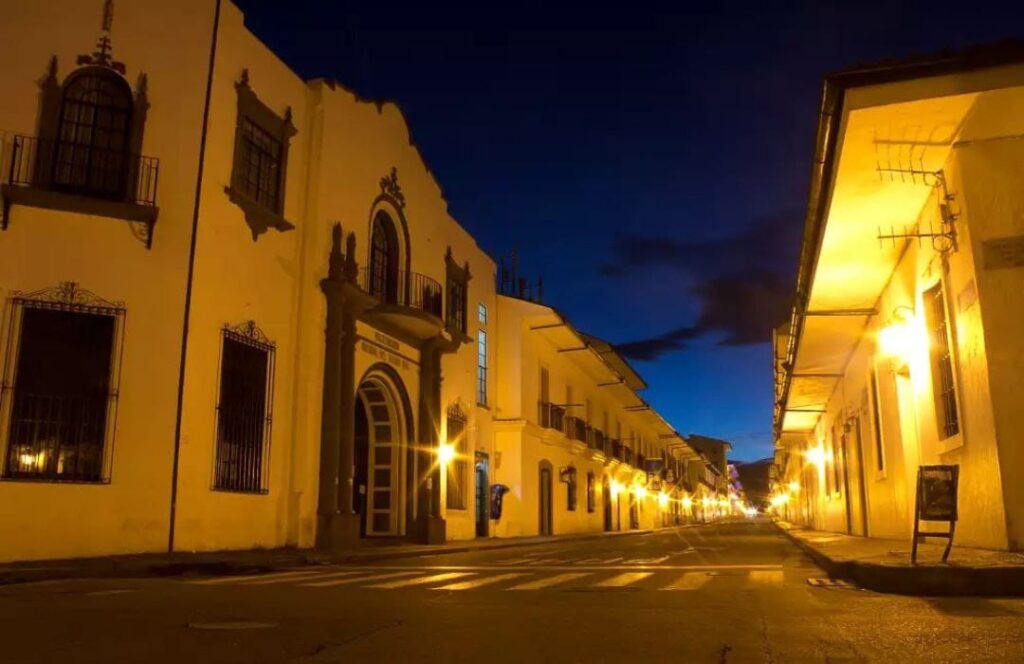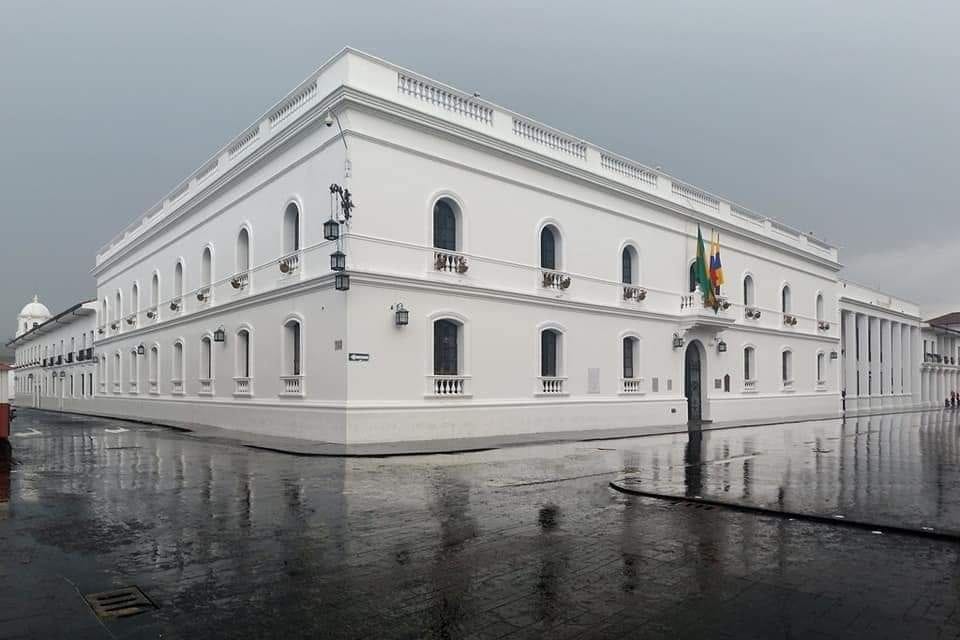Venue
IEEE COLCOM 2025 will be held at Hotel Dann Monasterio Popayán




Architectural Heritage in Popayán
Hotel Dann Monasterio offers a sophisticated experience with spanish galeries and a charming central courtyard with a fountain. It has available modern facilities such as outdoors pool, physical exercise area and free Wi-Fi. The hosts may enjoy welfare services such as massages, sauna and turkish bath. In addition to this, the location of Hotel Dann Monasterio is privileged, since it allows to easily access to colonial churches and distinguished museums.
Hotel Dann Monasterio in Popayán is a memorable hotel. Its claustral spaces turned into 47 comfortable rooms preserve the charming and historical environment, which has been adapted to the most exigent features of modern hospitality industry. The imponent architecture of the hotel makes part of the experience.
Address: Cl. 4 #10-14, Popayán, Colombia
Telephones: +57 (601) 3289825 – +57 311 7498169
Website: https://hotelesdann.com/dann-popayan/
Popayán, Cauca




Popayan is the capital of the Colombian department of Cauca. It is located in the Pubenza Valley in southwestern Colombia between the Western Mountain Range and Central Mountain Range. The municipality has a population of 318,059, an area of 483 km2, is located 1760 meters above sea level, and has an average temperature of 18 °C.
The town is well known for its colonial architecture and its contributions to Colombian cultural and political life. It is also known as the «white city» due to the color of most of the colonial buildings in the city center, where several churches are located, such as San Francisco, San José, Belén, Santo Domingo, San Agustín, and the Catedral Basílica Nuestra Señora de la Asunción, known locally as «La Catedral». The city’s cathedral was home to the Crown of the Andes, a 16th-century Marianist devotional object featuring emeralds taken from the captured Inca Emperor Atahualpa. It was sold to finance local health care institutions.
Popayán has been home to seventeen Colombian presidents, as well as noted poets, painters, and composers. The University of Cauca (est. 1827), one of Colombia’s oldest and most distinguished institutions of higher education, is located here, so Popayán is also known as the «University City». Nearby is Puracé National Natural Park. The nearest large city is Cali, in the Valle del Cauca Department, north of Cauca.
Much of the city’s original splendor was destroyed on 31 March 1983, when an earthquake toppled many buildings. Though many were rebuilt and repaired, the heart of the city still has ruins and empty lots. In 2005, Popayán was declared by the UNESCO as the first city of gastronomy because of its variety and meaning to the intangible patrimony of Colombian culture. The culinary history of the Cauca Department was chosen because it maintains traditional food preparation methods that have been passed down orally for generations. In 2009, UNESCO also declared the Semana Santa processions during Easter Week a Masterpiece of the Oral and Intangible Patrimony of Humanity.
More information here
